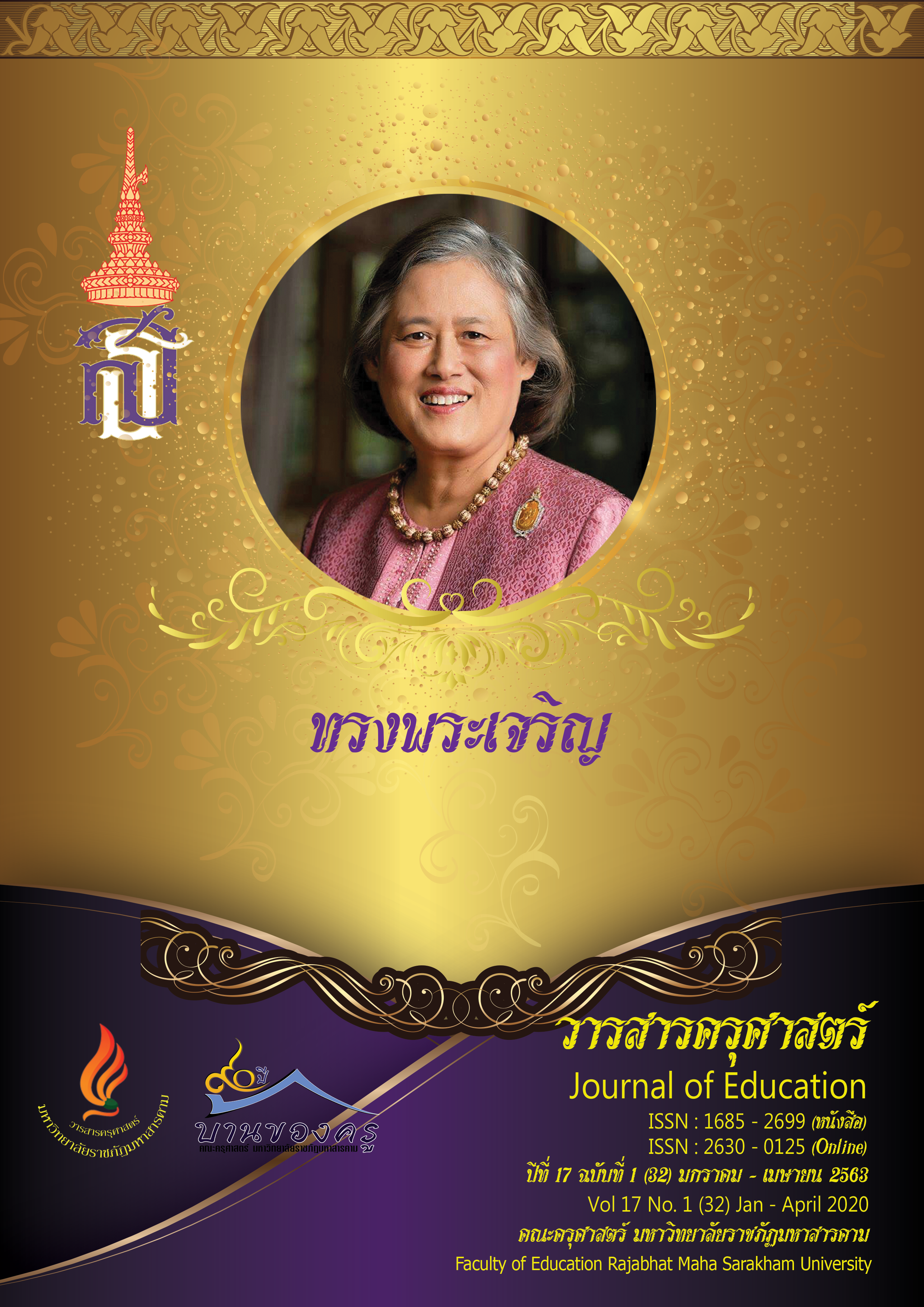Sport Tourism in Eastern Economic Corridor
Main Article Content
Abstract
The purposes of this research were 1) to study and explore sports tourism resources and
sports tourism situation in Rayong province and 2) Presenting a value creation model by sports
tourism for Rayong province. Collect data from literature review. Quantitative data obtained from
400 tourists by accidental sampling by using a questionnaires. Qualitative data based on in–depth
interviews with 5 experts by random sampling by using an interview forms. Assessing the suitability
and feasibility of the model by group discussions from experts in economics, tourism and sport, 7
persons.
The result revealed that 1) Sports tourism resources and situations in Rayong province,
found that Rayong province is well equipped to manage sports tourism at a good level in all 7
aspects, 2) The model of creating value added by sports tourism for tourism development in
Rayong province consists of policies, development plans and sports tourism situations of the
province. Management and marketing processes with success factors: (1) Choosing the right sport
type, (2) Joint venture with the private sector, (3) Building awareness and participation of local
people and 4) Making travel and sports calendars to have consistency. The findings from this
research Rayong province can be considered to be implemented in order to form practices to
create benefits for sports tourism development Bring more revenue and economic value.
Article Details
ข้อกำหนดเบื้องต้นที่ผู้นิพนธ์(ผู้ส่งบทความ) ควรทราบ
1. ผู้นิพนธ์ที่ประสงค์จะลงตีพิมพ์บทความกับวารสาร ตั้งแต่เดือนมกราคม 2563 เป็นต้นไป ให้ใช้รูปแบบใหม่ (Template 2563) โดยสามารถดูตัวอย่างได้ที่เมนู GUIDELINES
2. จะตีพิมพ์และเผยแพร่ได้ ต้องผ่านการประเมินจากผู้ทรงคุณวุฒิ (Peer Review)
3. การประเมินบทความโดยผู้ทรงคุณวุฒิ (Peer Review) เป็นแบบ Double Blind
4. การอ้างอิงบทความใช้หลักเกณฑ์ APA (American Psychological Association) คลิก
5. บทความถูกปฏิเสธการตีพิมพ์ ไม่ผ่านการประเมิน ผู้นิพนธ์ขอยกเลิกเองหรือชำระเงินก่อนได้รับการอนุมัติ ทางวารสารไม่มีนโยบายการคืนเงิน
References
การท่องเที่ยวแห่งประเทศไทย. (2558). สถานการณ์การท่องเที่ยวตลาดในประเทศ ไตรมาสที่1 ปี 2558. รายงานภาวะเศรษฐกิจกิจท่องเที่ยว Tourism Economic Review, 2, 12-18. สืบค้นจาก https://www.mots.go.th/ewt_dl_link.php?nid=7534
นรินทร์ หลิมไพโรจน์. (2554). แนวทางการพัฒนาการท่องเที่ยวเชิงกีฬาจังหวัดนครราชสีมา (วิทยานิพนธ์ปริญญาบริหารธุรกิจมหาบัณฑิต). มหาวิทยาลัยขอนแก่น, ขอนแก่น.
วินัสยา สุริยาธานินทร. (2558). ภาคบริการแรงขับเคลื่อนใหม่ของระบบเศรษฐกิจไทย. กรุงเทพมหนคร:ธนาคารแห่งประเทศไทย.
สำนักข่าวไทย. (2557, 1 กันยายน). ททท.ชูศักยภาพระยองบูมท่องเที่ยว 58 เชิงสุขภาพ. สืบค้นจาก http://www.mcot.net/site/content?id=54046042be047022e28b45a7#.V3tmo_mLTrc.
สำนักงานใหญ่หนังสือพิมพ์ไทยรัฐ. (2561, 16 พฤษภาคม). กกท.ผุดเมืองกีฬา Sports City มุ่งสร้างอุตสาหกรรมกีฬาครบวงจร. ไทยรัฐออนไลน์. สืบค้นจาก https://www.thairath.co.th/content/1282371
เสาวณี จันทะพงษ์ และกัมพล พรพัฒนไพศาลกุล. (2558). บทวิเคราะห์ทางเศรษฐกิจ ภาคบริการท่องเที่ยวของไทย: ความสำคัญ ความท้าทาย และความยั่งยืน ตอนที่ 2. สืบค้นจาก https://www.bot.or.th/Thai/ResearchAndPublications/DocLib_/Article 11_11_58.pdf.
Dickman S. (1996). Tourism: An introductory text [2nd ed]. Sydney: Hodder Education.
Fourie, J., Siebrits, K., and Sponk, K. (2011). Tourist displacement in two South Africa sport mega events. Development Southern Africa, 8(3), 361-365.
Piboonrungroj, P., and Disney, S. M. (2009). Tourism supply chains: A conceptual framework.PhD network conference, 132-149. Nottingham, UK.


